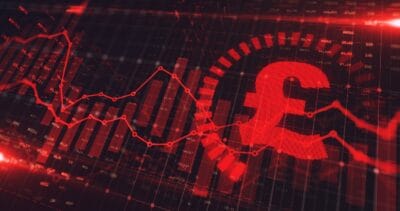You have to admire how oil majors such as BP (LSE: BP) have responded to the collapse of crude. With the oil price plunging from $115 in June 2014 to around $50 today, the share price fallout could have been far more brutal than it has been.
Barrel of fun
When oil peaked in the summer of 2014, BP traded at 520p. Today it stands at 442p, a drop of ‘just’ 15%. BP has overhauled its operations to ensure it can survive in an era of cheap oil, but it hasn’t been easy. It still needs a break-even price of $60 a barrel but is currently well short of that, with Brent Crude trading at $51.68.
The good news is that BP is restoring its free cash flows, which were inevitably savaged by the oil crash. In the 12 months to June they were a massive negative at -$4.1bn, but this conceals a recent improvement, with a positive $709m in the final three months. BP has promised a “material improvement” in second half cash flow as production begins at new upstream projects.
In the year 2021
The medium term looks even better, with BP recently upgrading its outlook to predict free cash flow of $13bn-$14bn from upstream operations by 2021 and a further $9bn-$10bn downstream. This assumes Brent Crude at $55 a barrel, a 5% rise in output and declining unit production costs. BP, which starts seven new projects this year, expects total production to rise by another 1m barrels a day by 2021.
Chief executive Bob Dudley is targeting a break-even price of $40 a barrel in 2021, which he reckons will be sufficient to cover both spending and dividends. To do this, he will limit capital spending to a maximum $17bn a year. This would put BP in a strong sustainable position, particularly if the oil price picks up. Despite the challenge from renewables, battery storage, electric cars and so on, I reckon the oil age still has some way to run.
Backwardation to the future
There have been some bullish signals lately, with US crude inventories falling in recent weeks, supply threats in Libya, and a small drop in the shale rig count, as reported by Baker Hughes. Shale drillers are using less frac sand as the price rises, which suggests a dip in production.
In another positive sign, the Brent futures curve has moved into backwardation. Near-term oil futures are now trading at a premium to longer-term contracts for the first time in years, which analysts say may be a sign that the oil market is rebalancing at last. We’ll see.
Turn, BP, turn
BP appears to have survived the worst, and with its dividend still intact. Its forecast yield is a gushing 6.8% for 2018. Earnings per share are forecast to rise by a mighty 4,297% across 2017, reducing BP’s valuation to just 20.8 times earnings. 2016’s £2.29bn loss is expected to turn into a 2017 profit of £6.95bn, then top £9bn in 2018. Deepwater scars are slowly fading.
Again, we’ll see. The oil price could grind lower, shocks can always happen. But for me, BP is now a great long-term buy-and-hold.







